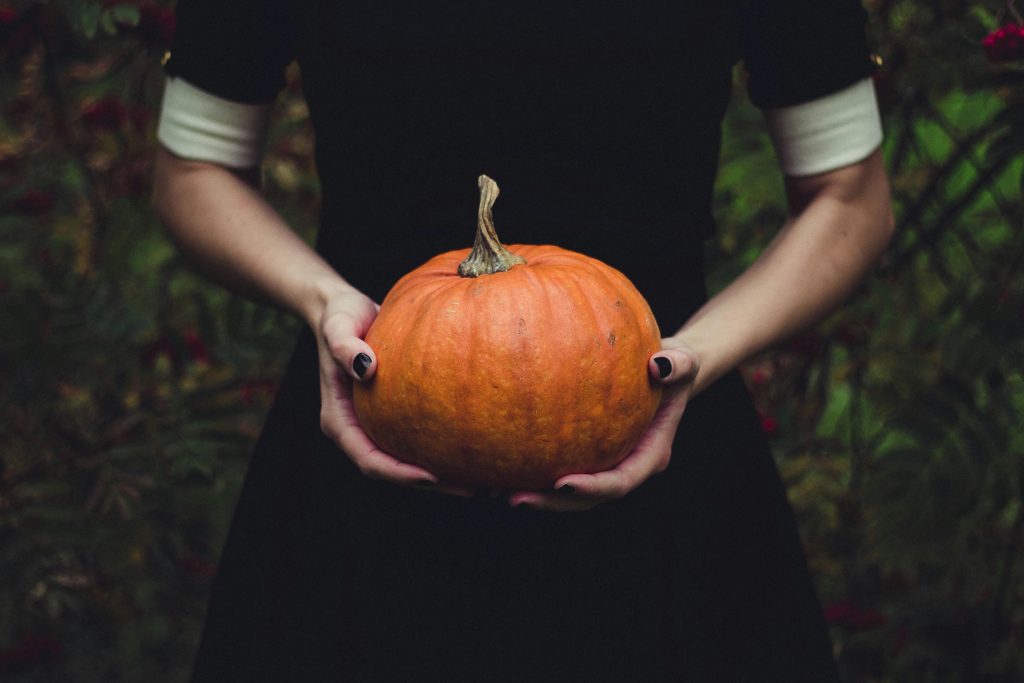
Boo! Pumpkin Farming
Pumpkins, with their round, bright orange shapes, might seem like an innocent vegetable on most days of the year. But come October, they take on a much more sinister role, lighting up the night as grinning Jack-o’-lanterns during Halloween. The origin of this association is a fascinating journey that stretches back centuries, involving folklore, farming, and global culture.
The Origin of the Halloween Pumpkin
The tradition of carving pumpkins for Halloween stems from an ancient Celtic festival called Samhain, which marked the end of the harvest season and the beginning of winter. The Celts believed that on the night of Samhain, the boundary between the living and the dead blurred, allowing spirits to wander the earth. To protect themselves, people would carve faces into vegetables, such as turnips, to scare away these wandering spirits. The use of turnips as lanterns was a practice in Ireland and Scotland, but it wasn’t until the 19th century that the tradition migrated to North America, where immigrants discovered a much larger, easier-to-carve vegetable: the pumpkin.
Pumpkins, native to North America, were already widely grown across the continent when these immigrants arrived. The pumpkin’s large, hollow shape made it ideal for carving intricate faces, and soon, the Jack-o’-lantern was born. This transformation from practical farming vegetable to iconic Halloween symbol spread rapidly through the United States and eventually across the world. Today, pumpkins are synonymous with Halloween, their glowing faces a symbol of both the spooky and festive nature of the holiday.
Pumpkin Farming: From Seed to Harvest
Beyond their role as festive decorations, pumpkins are a significant crop grown across the world, with vast pumpkin farms dotting the landscapes of countries from the United States to South Africa. Growing pumpkins is a careful process that requires time, space, and the right conditions for a healthy harvest.
Pumpkins are members of the Cucurbitaceae family, which also includes cucumbers, melons, and squash. They thrive in warm, sunny climates and require a long growing season of around 90 to 120 days, depending on the variety. Pumpkin seeds are typically planted in early spring after the last frost has passed. The seeds are placed in mounds, or “hills,” spaced widely apart to allow the sprawling vines room to grow.
A key part of pumpkin farming is ensuring that the plants receive enough water, especially during their early stages of growth. While pumpkins are relatively resilient, they need well-drained soil and consistent watering to avoid rot or disease. Farmers often monitor the growth closely, as pumpkins can grow rapidly once they start to develop, especially during the hot summer months.
Pollination is another critical step in pumpkin farming. Bees play a vital role in transferring pollen from the male to the female flowers, enabling the development of fruit. In areas where bee populations are declining, farmers may need to take extra measures to ensure successful pollination, such as hand-pollinating flowers.
Harvesting pumpkins is a delicate process. The fruit is ready to be picked when its skin hardens and takes on a deep, vibrant colour. At this point, farmers carefully cut the pumpkins from the vine, leaving a few inches of stem attached to preserve the fruit for storage. Pumpkins are surprisingly resilient and can last for several months if stored in a cool, dry place, which is why they’re perfect for Halloween displays as well as for consumption long after the initial harvest.
The Health Benefits of Pumpkins
Although pumpkins are most famous for their decorative use, they’re also a nutritional powerhouse, packed with health benefits that make them much more than just a Halloween prop.
Pumpkin flesh is rich in vitamins, particularly vitamin A, which supports eye health. In fact, a single cup of cooked pumpkin contains more than 200% of the recommended daily intake of vitamin A, making it a top choice for those looking to protect their vision. Additionally, pumpkins are a good source of vitamin C, potassium, and fibre. These nutrients contribute to heart health, lower blood pressure, and support the immune system.
But the benefits don’t stop there. Pumpkins are also low in calories, making them an excellent food for those trying to manage their weight. Their high fibre content promotes feelings of fullness and helps regulate digestion, making pumpkin-based soups and purees a perfect choice for a healthy, satisfying meal.
The seeds of the pumpkin, often overlooked, are equally beneficial. Pumpkin seeds, also known as pepitas, are rich in healthy fats, protein, magnesium, and zinc. Consuming pumpkin seeds has been linked to improved heart health, better sleep due to their tryptophan content, and even enhanced reproductive health due to the zinc’s role in supporting hormone balance.
In many parts of the world, pumpkins are used in both savoury and sweet dishes, from hearty stews and soups to pies and desserts. In South Africa, for example, pumpkin fritters (pampoenkoekies) are a beloved dish, often served as a sweet treat with cinnamon and sugar.
The Future of the Humble Pumpkin
As climate change impacts global agriculture, the pumpkin has proven to be a relatively resilient crop, adaptable to various growing conditions. Innovations in farming, such as improved irrigation techniques and the use of sustainable practices, are helping to ensure that pumpkins continue to thrive despite the challenges facing modern agriculture.
The pumpkin’s versatility, from its role in cultural celebrations like Halloween to its importance as a nutritious food source, means that it will likely continue to play a significant part in both farming and festive traditions around the world.
As Halloween rolls around each year and Jack-o’-lanterns glow from porches and windows, it’s worth remembering the humble beginnings of this extraordinary vegetable. From ancient Celtic festivals to modern farming fields, the pumpkin’s journey is a story of tradition, adaptation, and sustainability.
